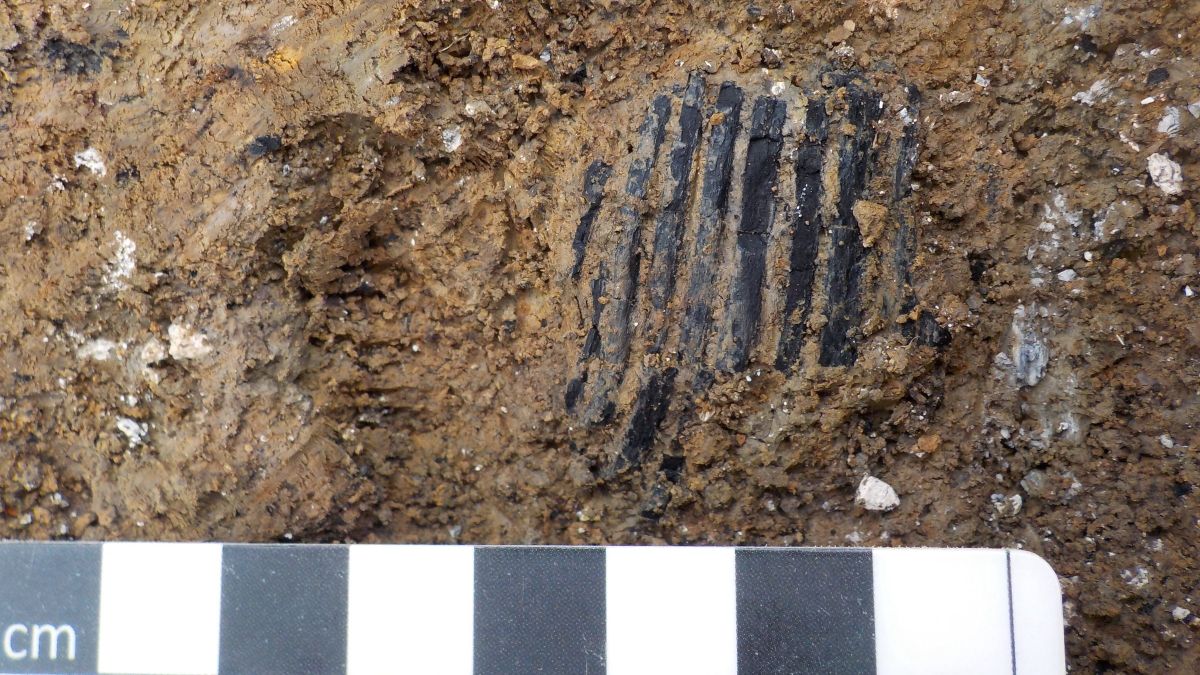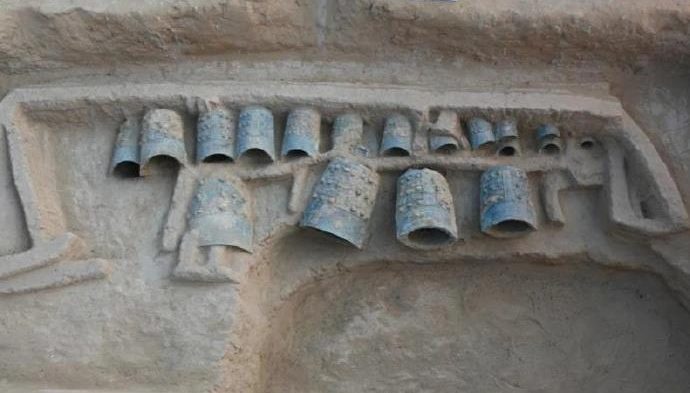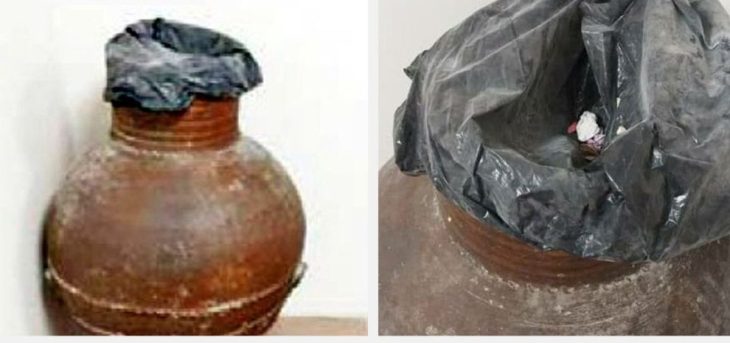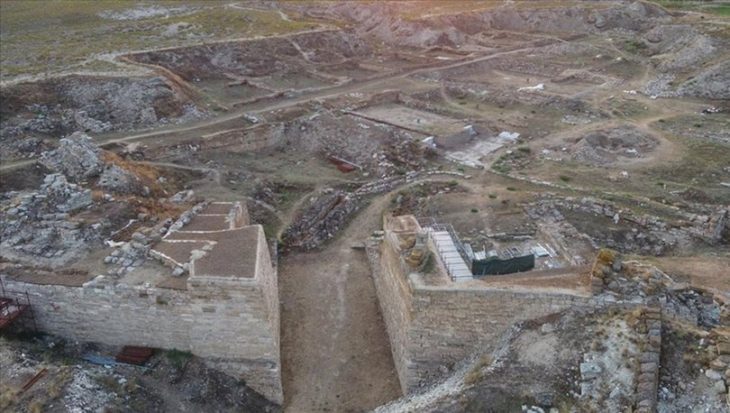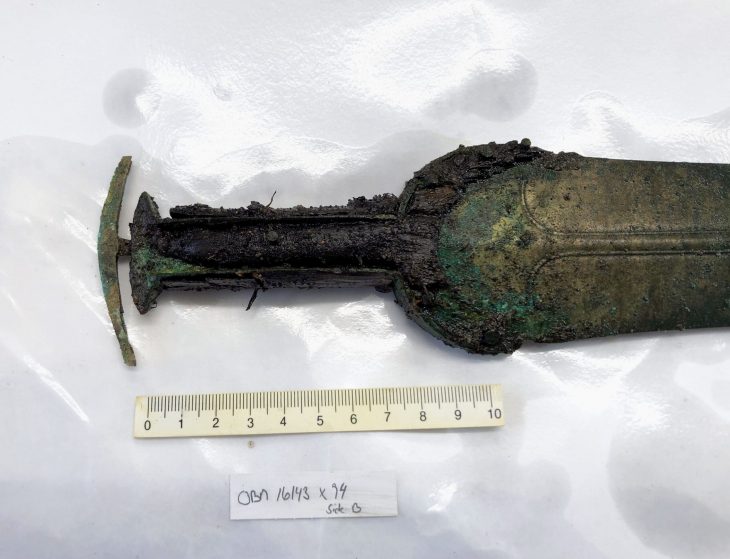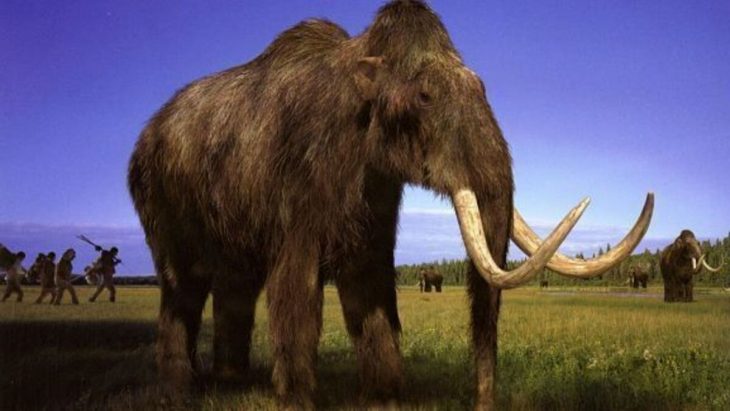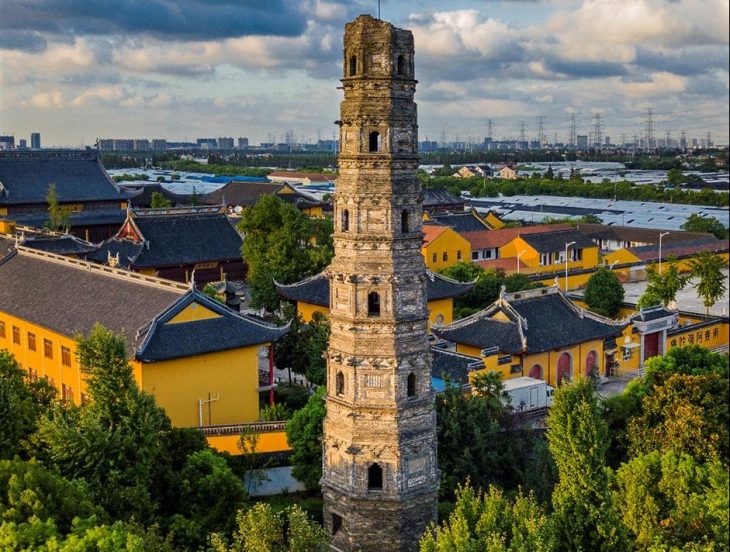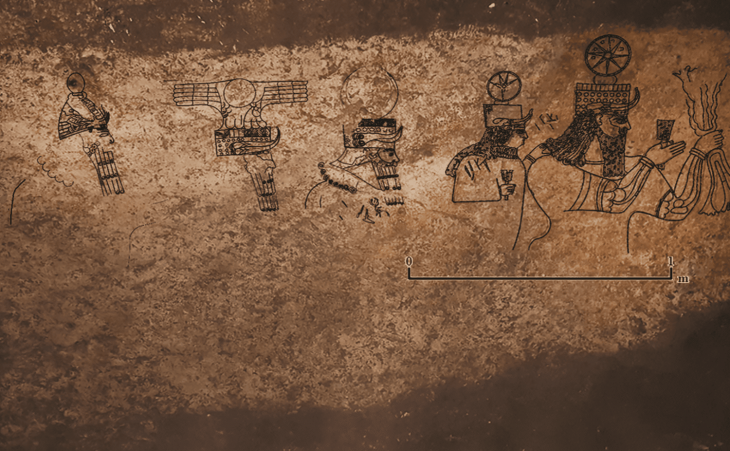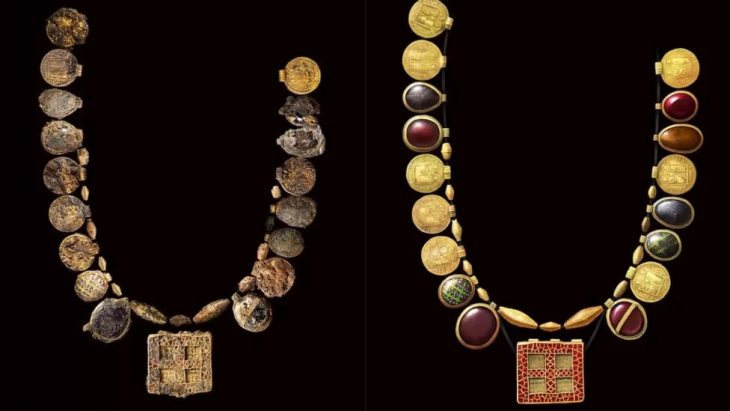Archeologists in south Wales, have unearthed a golden hair ring and the oldest wooden comb ever found in the U.K. from a roadside burial pit dating back to the Bronze Age.
The find was made during archaeological excavations as part of a road-building scheme in South Glamorgan.
The 3,000-year-old artifacts, which were found in a burial pit containing cremated human remains, demonstrate the Bronze Age people’s attention to detail and craftsmanship, according to experts.
Both pieces have been dated to the middle bronze age (1300-1150BC) and are thought to have been carefully chosen by mourners as grave goods to accompany the deceased person to the afterlife.
Mark Collard, director of Red River Archaeology Group, said in The Guardian: “We’re always finding bits of metal and other artifacts but finding something like a comb is unique. It’s a rare glimpse into the personal life of bronze age people.”
📣 Our WhatsApp channel is now LIVE! Stay up-to-date with the latest news and updates, just click here to follow us on WhatsApp and never miss a thing!!
Eight narrow teeth on the comb. It (actually a fragment of the object) measures just 36mm. Wooden and other organic artifacts usually decompose rapidly in soil, but the fact that the comb was burned during the cremation may have saved it from disintegrating completely.

Red River Archaeology Group says it may be the oldest wooden comb ever found in Britain. Until now, the oldest wooden comb found in Britain was a small Roman accessory dated between 140 and 180 A.D.
The gold ring, 1.1cm in diameter, is expertly made and decorated with a finely worked chevron or herringbone pattern. It is believed to be an early example of a decorative hair ring.
It was not possible to say if the comb and ring belonged to a man or a woman, but the skill that went into the ring suggested that it was a high-status person, the researchers said.
David Gilbert, project manager for Red River Archaeology Group, said: “The gold ring is the most eye-catching object to accompany the cremation. However, the most important artifact is what may at first glance seem the more mundane: the wooden comb, which is a find without parallel in Wales, if not the UK. [It shows] the attention to detail and pride in appearance missing from so many depictions of prehistoric people on television or in films.”
Adam Gwilt, the principal curator for prehistory at Amgueddfa Cymru – National Museum Wales, said: “This cremation burial, with its accompanying gold ring and wooden comb, gives us a glimpse of life and death in bronze age times.
“The gold ring is a very early, well made, and a small example of its type, offering new insight into the development of hair-rings as a form of early jewelry across Britain and Ireland.”
Cover Photo: Red River Archaeology Group

